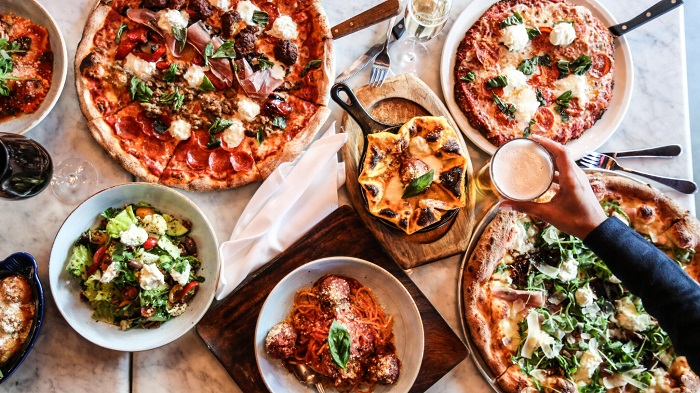
Gastronomy of Italy: a journey through culinary excellence
Italy’s gastronomy is a vibrant tapestry of history, culture, and artistry, renowned worldwide for its exceptional quality, diversity, and taste. Italian cuisine, deeply rooted in regional traditions and local ingredients, offers a culinary journey that is both rich in flavor and steeped in centuries-old customs. This article explores the nuances of Italian gastronomy, highlighting its regional varieties, key ingredients, and the art of Italian cooking.
Historical Roots and Influence
Italian cuisine has evolved over centuries, shaped by various historical events and cultural influences. From the ancient Etruscans and Romans to the impact of the Renaissance, each era has contributed to the development of a rich and diverse culinary landscape. Italian gastronomy has also been influenced by neighboring countries and travelers, resulting in a cuisine that is both traditional and dynamic.
Regional Diversity
Italy’s culinary identity is characterized by its regional diversity:
- Northern Italy: Known for its rich dairy products, rice, corn, and meats. Dishes like risotto, polenta, and osso buco are staples.
- Central Italy: Famous for its olive oil, meats, and hearty pasta dishes. Tuscany and Umbria are renowned for their rustic and savory flavors.
- Southern Italy and Islands: Celebrated for its citrus fruits, olive oil, tomatoes, and fresh seafood. The birthplace of pizza and pasta dishes with robust tomato sauces.
Key Ingredients and Flavors
The cornerstone of Italian gastronomy is its emphasis on fresh, high-quality ingredients. Key elements include:
- Olive Oil: A staple in Italian cooking, used for its flavor and health benefits.
- Tomatoes: Central to many Italian dishes, whether in fresh or sauce form.
- Cheeses and Dairy: Italy is home to a wide variety of cheeses like Parmigiano-Reggiano, Mozzarella, and Ricotta.
- Herbs and Spices: Basil, oregano, rosemary, and garlic are widely used, adding depth and aroma to dishes.
The Art of Pasta
Pasta, a symbol of Italian cuisine, varies significantly from region to region. It ranges from simple spaghetti and macaroni to more intricate shapes like ravioli and tortellini, each designed to complement different sauces and cooking styles.
The Italian Dining Experience
Dining in Italy is an experience that extends beyond the food. It’s about the celebration of life, family, and tradition. Meals are often leisurely affairs, with a focus on enjoying the quality of the food and the company of others.
Modern Italian Cuisine
While traditional dishes remain a staple, contemporary Italian chefs are reinterpreting classic recipes with modern techniques and presentations. This new wave of Italian gastronomy maintains the essence of traditional flavors while embracing innovation and creativity.
Italian gastronomy is a testament to the country’s rich cultural heritage and culinary artistry. It offers a gastronomic journey that delights the senses and pays homage to Italy’s regional diversity and historical influences. From a simple plate of pasta to a lavish multi-course meal, Italian cuisine embodies a love for food, a respect for ingredients, and a commitment to culinary excellence that continues to captivate food enthusiasts around the world.


